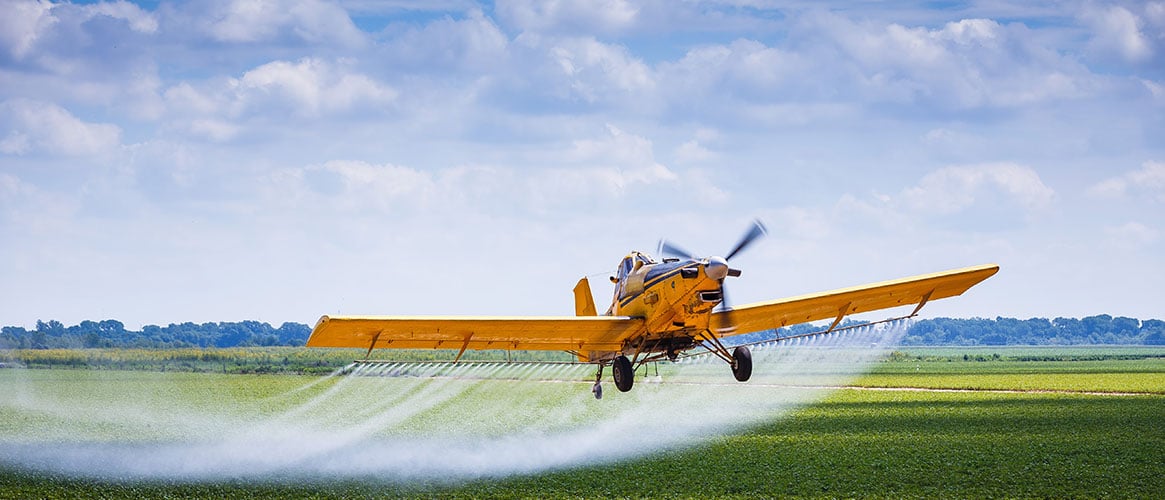Pilots including those who fly air taxis, crop-dusters, firefighting aircraft, and small aircraft manned by bush pilots are often exposed to dangerous situations in the course of their jobs. But the job can be long and rewarding provided pilots pay careful attention to the hazards, prepare well, and keep safety in mind before leaving the ground.
The need for maintenance and pre-flight checks is critical to the safety of the aircraft and its occupants. As a pilot, you should always check over your aircraft prior to every takeoff. Use a comprehensive checklist to examine the leading edge, fuel tank, flight controls, instruments, tire inflation, and other critical systems. Be prepared for an emergency in the air by carrying fire extinguishers, a small tool kit, and a first aid kit.
A pilot should not leave the ground until all of the aircraft equipment is in place and working properly. Even in emergency situations, such as firefighting, police work, or a rescue, you can’t afford to skip this crucial step unless you’re prepared to become part of the problem yourself. Also, ensure that baggage and cargo are stowed and secured properly. Never carry more than the aircraft is rated or fueled to load.
Once the aircraft has checked out, begin to plan your flight. Work with flight dispatchers and aviation weather forecasters to determine the weather conditions at your point of origin, while en route, and at your destination. Based on the weather information, choose a route, altitude, and speed that will provide you and your aircraft the safest and smoothest flight. Know the altitude and topography of the airports that you will access. Be aware of potential hazards such as power lines and construction and remain alert whenever entering a new air space.
Make sure you’re equally prepared for either a takeoff or a landing. Before taking off, fasten your seatbelt. Make sure that there are enough belts for everyone on the aircraft. During takeoffs and landings, concentrate on the runway, your speed, and the wind direction. Plan to use your instruments in bad weather. Make sure that you’re rated to fly by instrument. Be aware of the hazards of visual illusions such as spatial disorientation, false horizons, flicker vertigo, fascination with a fixed object, ground light confusion, and others that can occur at dawn, dusk, during bad weather, and in low contrast situations such as flying over water or desert. To combat this problem, learn about all of the potential disorientation hazards and cross check your instruments frequently while in flight.
An aircraft pilot should be alert at all times. Make sure that you’re adequately rested before each flight. Working at odd hours or for long shifts can cause fatigue, which in turn, can lead to mistakes. If you’re under the weather or feeling the effects of drugs, medications, or alcohol, stay on the ground.
